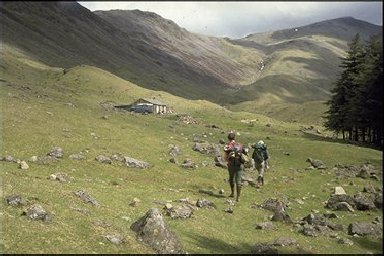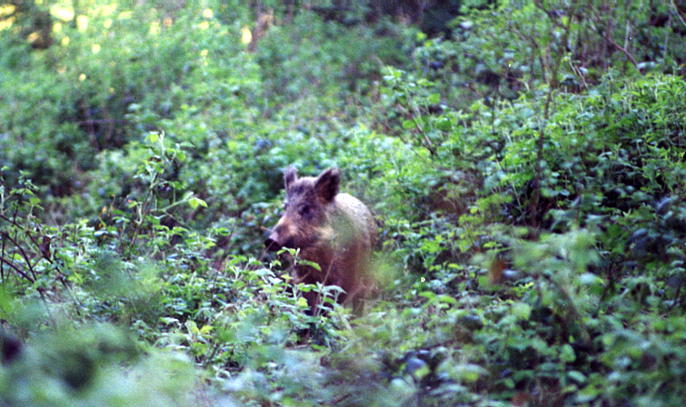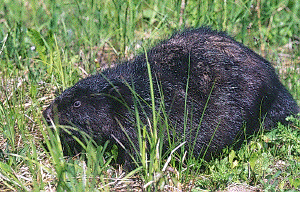
Introduction HistoryLegal Obligations ProblemsWolf Case Study
BENEFITS OF REINTRODUCTION

Introduction HistoryLegal Obligations ProblemsWolf Case Study
BENEFITS OF REINTRODUCTION
Cultural Benefits
![]() Our
duty to restore the damage done by human actions and replace lost species.
Our
duty to restore the damage done by human actions and replace lost species.
![]() "We
have a moral and ethical obligation to reverse the degradation of the past"
(Trees for Life, 2002)
"We
have a moral and ethical obligation to reverse the degradation of the past"
(Trees for Life, 2002)
![]() Wolves
and other "dangerous" species may in particular attract visitors.
Wolves
and other "dangerous" species may in particular attract visitors.

Ecological Benefits
![]() Enhancing
species diversity, developing habitats and as predators.
Enhancing
species diversity, developing habitats and as predators.
![]() As
predators species encourage the healthy growth of prey populations.
As
predators species encourage the healthy growth of prey populations.
![]() For
example wolves if reintroduced could reduce the red deer population and
promote the restoration of native pinewoods (Spinney, 1995).
For
example wolves if reintroduced could reduce the red deer population and
promote the restoration of native pinewoods (Spinney, 1995).

![]() May
be accompanied by restoration of suitable habitats e.g. expanding areas
of riparian woodland in conjunction with the reintroduction of beavers
(Trees for Life, 2002)
May
be accompanied by restoration of suitable habitats e.g. expanding areas
of riparian woodland in conjunction with the reintroduction of beavers
(Trees for Life, 2002)

![]() Felling
trees for dams provides a natural coppicing process
Felling
trees for dams provides a natural coppicing process
![]() Beaver
ponds increase aquatic vegetation providing a food source for fish, amphibians,
birds and other species higher up the food chain e.g. otters and herons
Beaver
ponds increase aquatic vegetation providing a food source for fish, amphibians,
birds and other species higher up the food chain e.g. otters and herons
![]() Beaver
dams and ponds create a habitat for nesting birds.
Beaver
dams and ponds create a habitat for nesting birds.
![]() Improve
the quality of the rivers through self purification and decreasing the
water flow.
Improve
the quality of the rivers through self purification and decreasing the
water flow.
![]()